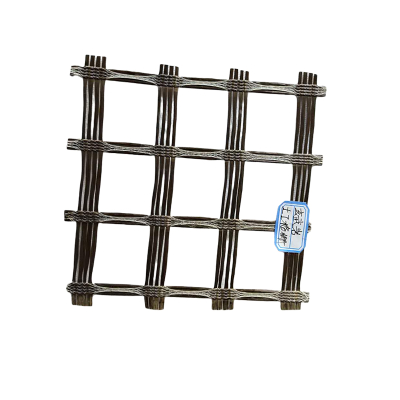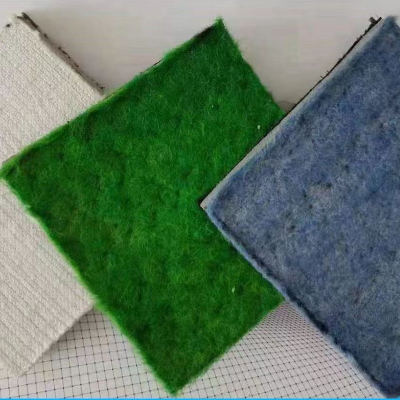How Geobag is installed?
Ecological geobag slope design and construction instructions:
(1) The construction of ecological slope protection engineering shall be carried out by professional units or under the technical guidance of professional units.
(2)Using high strength anti-aging PP and other raw materials needle punched into cloth and surface sintering to form a fixed treatment, with this fabric sewing made of new geotextile bags called ecological bag.
(3)Anti-aging M-type ecological bag size, after filling specifications for length 58 cm Х width 32 cm Х high 16 cm (empty bag projection area of 81.5 * 44 cm). Bag body color: black or dark green ecological bag cloth weight: 130 g ~ 160 g (corresponding tensile strength of 4.5 kn / m ~ 7.5 kn / m); vertical permeability coefficient: 1.82 × 10-1; equivalent pore diameter 0.07-0.2 mm
(4) The sewing thread requirements are black threads with equal resistance to UV damage.
(5) The requirements of the eco-bag tie are self-locking ties that have the same resistance to UV damage, with a length of ≥ 25 cm and a thickness of ≥ 0.10 cm.
Connection buckle: The number of front barbs (pieces) ≧ 6, the number of back barbs (pieces) ≧ 6, each barb must be able to penetrate the ecological bag. Number of water permeable holes (pieces) ≧ 16, height of single hollow barb (mm) 25 ~ 30, length (mm) 280 ~ 330. Connection buckle should have good resilience, bent into a circular shape with no cracks visible.
Reinforced geogrid: The standard is JT / T 480-2002. The geogrid adopts two-way (or one-way) warp-knitted high-strength polyester geogrid, with tensile yield strength ≥ 60 KN / m.
The PVC drainage pipe or drainage belt is arranged in a plum blossom shape, and its length is determined based on the slope conditions. Plastic drainage belts or drainage pipes can be used to facilitate the drainage of the slope body. Requirements for plastic drainage belts: Implement standard JTJ/T257-1996. Produced by overall hot melt technology. Width ≥ 10 cm, thickness ≥ 0.4 cm. (Horizontal spacing of up and down is 2 meters, arranged in a plum blossom shape.)
Composite anti-seepage geotextile requirements: Implement standard GB / T17642-1998. Two geotextiles and one membrane (or one geotextile and one membrane), with a film thickness of 0.15mm or more, unit area mass ≥ 400g / m². (One each at the middle and top.)
Geotextile requirements: Implement GB / T17638-1998. 150g / m2 ~ 200g / m2.
The concrete foundation is determined based on the foundation and load, with an expansion joint set every 10 meters.
Soil requirements, use nutrient soil suitable for greening plants, add compound fertilizer according to greening requirements. The normal water is as follows, ecological bag filled with sandy soil, medium coarse sand: clay = 8: 2, above normal water level filled with sandy soil. Determine the type and amount of organic fertilizer based on site conditions. The bottom ecological bag needs to be filled with 10 mm - 25 mm gravel.
Slope surface cleaning, removing bricks, rubble, stones and other attachments from the slope surface, removing protruding parts, leveling depressions and compacting them to make small areas of the slope surface flat. The backfill soil is filled in layers from the riverbed and compacted with a compaction coefficient Dy = 0.93.
Ecological bag laying: using stacking method, the ecological bag is laid according to the direction from bottom to top along the slope. The first row of ecological bag is laid vertically, and the second row and above are laid horizontally and compacted. The position of each two layers of ecological bags is arranged in an inverted triangle structure. If there are gaps, fill them with soil and compact them. The last row of ecological bags at the top of the slope is laid vertically. Each layer of ecological bag is fastened by connecting buckles.





